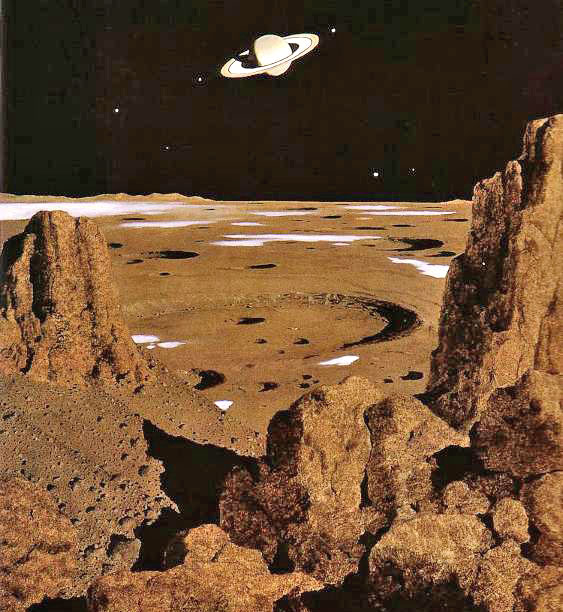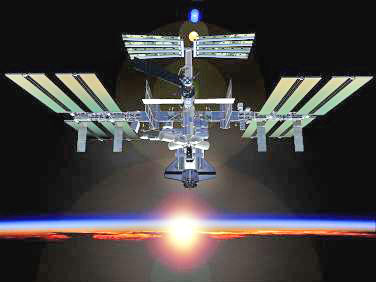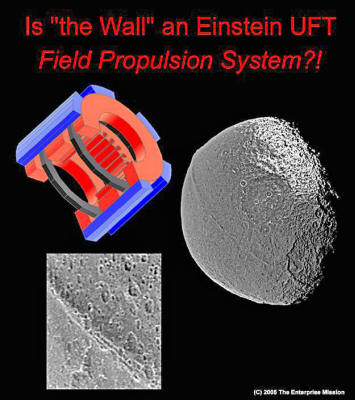Stryder50
Platinum Member
- Thread starter
- #181
Part 5
........
EXCERPTS:
...

Since “Moon with a View” was originally posted, reaction has been varied – to say the least!
Some, on reading, have become intrigued. Others are repelled. And some, typified by this truly wondrous comment on “Coast to Coast AM” a few nights ago – “This time Hoagland has really walked off the cliff!” – are simply, as the phrase goes, “out to lunch.”
Fundamental to many criticisms of this theory is the scale of the construction we’re proposing. These critics see the entire idea of an “artificial moon” – and one almost a thousand miles across -- as totally preposterous, mainly because of the size of such an undertaking. What they forget is that some of these (artificial world) ideas are actually quite old … and increasingly achievable – even (as you will see) within the constraints of current technology and physics!
Their most famous incarnation is, in major part, due to Princeton University’s Institute for Advanced Studies’ professor, Dr. Freeman Dyson. Almost half a century ago, Dyson published a remarkable idea in the prestigious mainstream journal, Science [Dyson, F. J. "Search for Artificial Sources of Infrared Radiation," Science, 131, 1667 (1959)] – which described something termed a “Dyson Sphere.” Dyson ended his Science paper with the following conclusion:
In Dyson’s 1950’s calculations, he envisioned huge, artificial planets -- built from the “disassembly” of a star’s natural planetary system, and its subsequent reassembly into a vast number of smaller, precisely engineered artificial worlds. The resulting “Dyson Sphere,” in Dyson’s speculations, seemed the largest artificial structures that an advanced civilization could probably ever technologically create. And as such, he believed, they might even be observable light years away, with our “primitive” technology from Earth ….
In this classic Science paper, Dyson was suggesting that such extraordinary objects – by literally englobing an entire solar system in a swarm of artificial “worlds,” thereby trapping almost all the parent sun’s emitted light and converting it to heat -- would glow brilliantly in the infrared region of the spectrum ... thus giving themselves away even in Earth’s 20th/21st Century telescopes, as “artificially modified star systems” (below).

Dyson’s inspiration for this extraordinary idea (as was Arthur C. Clarke’s for many of his …) ultimately derived from famed science fiction writer, Olaf Stapledon – in particular, his 1937 classic, “Star Maker”:
Since Dyson’s pioneering publication of his “outrageous” speculation some 50 years ago, other workers have followed up with a variety of additional scenarios. All agree that, given enough time and current technological advancement, even our own terrestrial civilization could construct the beginnings of a “baby” Dyson sphere (see schematic - below), perhaps in the next hundred or so years. The key is in those terms: “time” … and “technological development.”

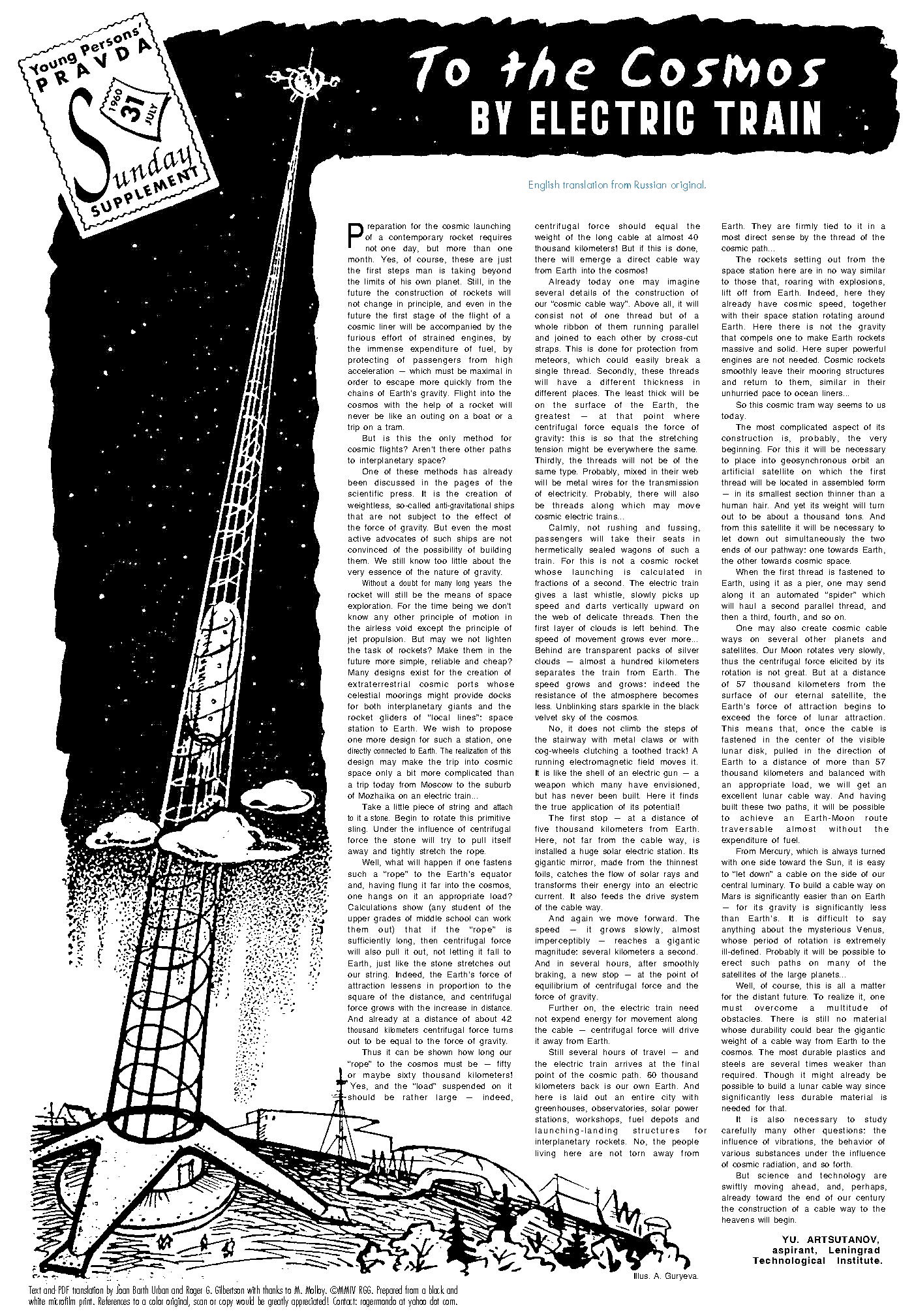

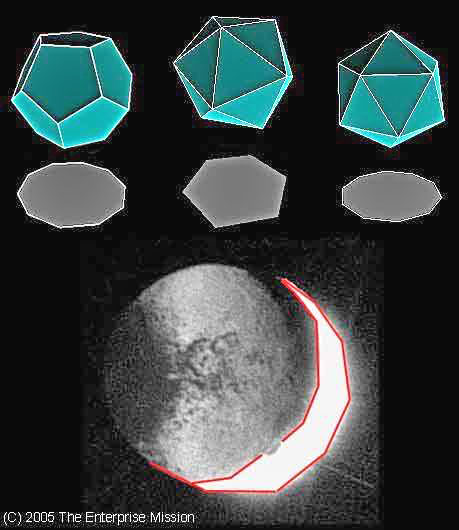
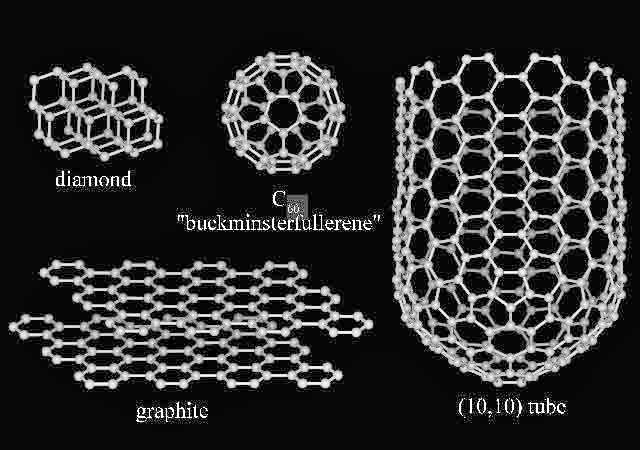
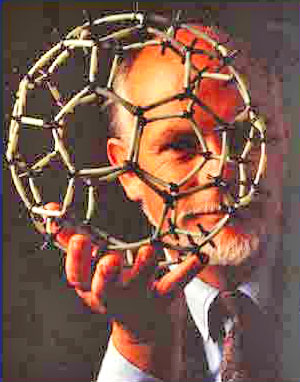






...
But, besides being uniquely supportive of the other “tetrahedral clues” embodied in Iapetus -- the entire “moon,” as a gigantic fullerene (!) – this recursive statement could also be seen as redundant communication of the unique materials making up this “moon.” In other words, a back-up message: to underscore to any materials scientist, even viewing from a distance (below) -- “This place is obviously artificial!”

If whoever left this increasingly remarkable object “parked” in orbit around Saturn wanted such a set of signatures to be recognizable -- even after the erosion of literally millions of years -- they would have needed precisely this degree of “redundancy and convergent clues,” potentially linked to other “messages” left in other places in the solar system … to make the “message” real.
Culminating with this astonishing result—
The odds against these precise, interrelated “tetrahedral” numbers constantly recurring in one “moon” -- each neatly “encoded” in the very size, shape, distance and orbital inclination of Iapetus by “sheer coincidence” -- are literally now overwhelming!!
The clincher is the recursive relationship between Iapetus’ measurable, remarkable macro-fullerene appearance ... and the extraordinary physical properties of the microscopic carbon nanotubes that, in our model, someone had to use to build it!
...






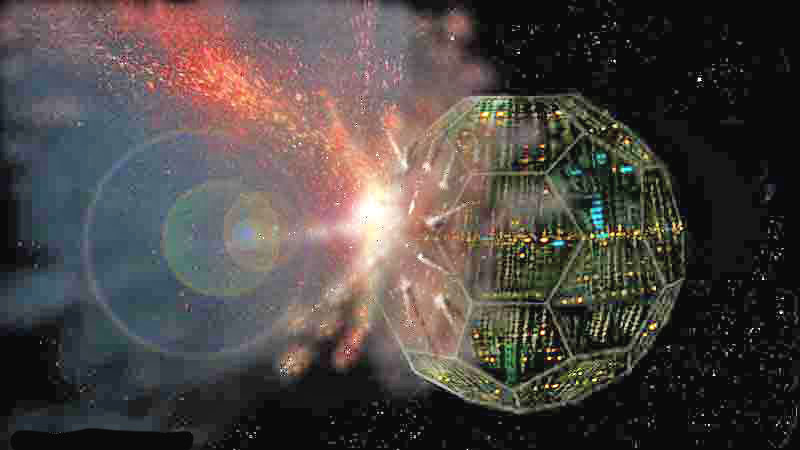
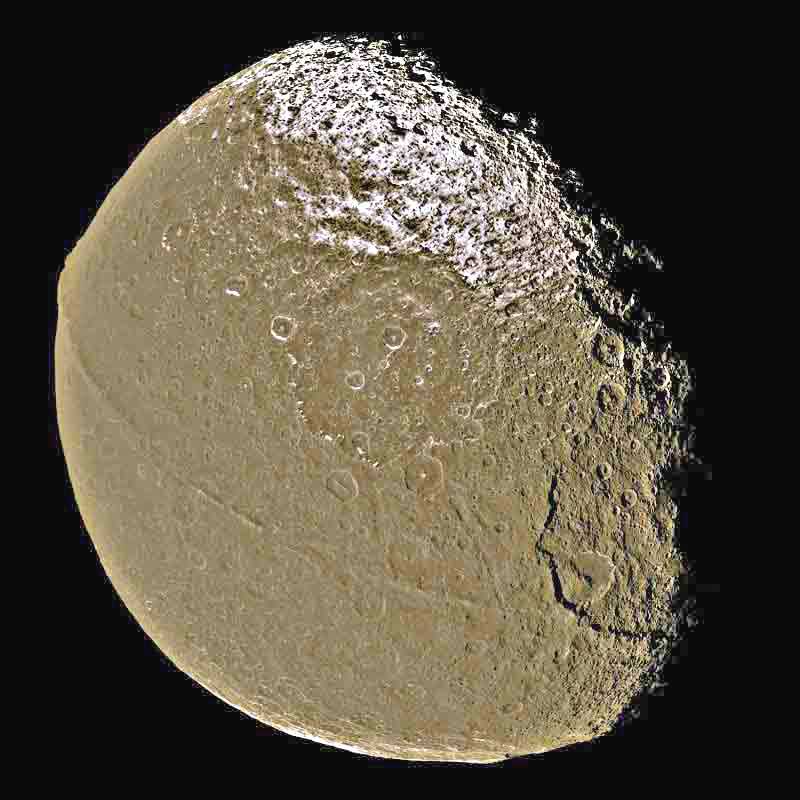
........
EXCERPTS:
...

Since “Moon with a View” was originally posted, reaction has been varied – to say the least!
Some, on reading, have become intrigued. Others are repelled. And some, typified by this truly wondrous comment on “Coast to Coast AM” a few nights ago – “This time Hoagland has really walked off the cliff!” – are simply, as the phrase goes, “out to lunch.”
Fundamental to many criticisms of this theory is the scale of the construction we’re proposing. These critics see the entire idea of an “artificial moon” – and one almost a thousand miles across -- as totally preposterous, mainly because of the size of such an undertaking. What they forget is that some of these (artificial world) ideas are actually quite old … and increasingly achievable – even (as you will see) within the constraints of current technology and physics!
Their most famous incarnation is, in major part, due to Princeton University’s Institute for Advanced Studies’ professor, Dr. Freeman Dyson. Almost half a century ago, Dyson published a remarkable idea in the prestigious mainstream journal, Science [Dyson, F. J. "Search for Artificial Sources of Infrared Radiation," Science, 131, 1667 (1959)] – which described something termed a “Dyson Sphere.” Dyson ended his Science paper with the following conclusion:
.....“I think I have shown that there are good scientific reasons for taking seriously the possibility that life and intelligence can succeed in molding this universe of ours to their own purposes [emphasis added] ….”
In Dyson’s 1950’s calculations, he envisioned huge, artificial planets -- built from the “disassembly” of a star’s natural planetary system, and its subsequent reassembly into a vast number of smaller, precisely engineered artificial worlds. The resulting “Dyson Sphere,” in Dyson’s speculations, seemed the largest artificial structures that an advanced civilization could probably ever technologically create. And as such, he believed, they might even be observable light years away, with our “primitive” technology from Earth ….
In this classic Science paper, Dyson was suggesting that such extraordinary objects – by literally englobing an entire solar system in a swarm of artificial “worlds,” thereby trapping almost all the parent sun’s emitted light and converting it to heat -- would glow brilliantly in the infrared region of the spectrum ... thus giving themselves away even in Earth’s 20th/21st Century telescopes, as “artificially modified star systems” (below).

Dyson’s inspiration for this extraordinary idea (as was Arthur C. Clarke’s for many of his …) ultimately derived from famed science fiction writer, Olaf Stapledon – in particular, his 1937 classic, “Star Maker”:
… As the eons advanced, hundreds of thousands of worlds were constructed, all of this type, but gradually increasing in size and complexity. Many a star without natural planets came to be surrounded by concentric rings of artificial worlds. In some cases the inner rings contained scores, the outer rings thousands of globes adapted to life at some particular distance from the Sun ….
Since Dyson’s pioneering publication of his “outrageous” speculation some 50 years ago, other workers have followed up with a variety of additional scenarios. All agree that, given enough time and current technological advancement, even our own terrestrial civilization could construct the beginnings of a “baby” Dyson sphere (see schematic - below), perhaps in the next hundred or so years. The key is in those terms: “time” … and “technological development.”












...
But, besides being uniquely supportive of the other “tetrahedral clues” embodied in Iapetus -- the entire “moon,” as a gigantic fullerene (!) – this recursive statement could also be seen as redundant communication of the unique materials making up this “moon.” In other words, a back-up message: to underscore to any materials scientist, even viewing from a distance (below) -- “This place is obviously artificial!”

If whoever left this increasingly remarkable object “parked” in orbit around Saturn wanted such a set of signatures to be recognizable -- even after the erosion of literally millions of years -- they would have needed precisely this degree of “redundancy and convergent clues,” potentially linked to other “messages” left in other places in the solar system … to make the “message” real.
Culminating with this astonishing result—
Take the specific geometry that now seems to shape Iapetus – a truncated icosahedron, a duplicate of the “C60 fullerene.” Multiply it by the number of radii Iapetus is orbiting away from Saturn (60 …). And discover—
360 -- the exact number of degrees in a full circle/orbit of this extraordinary “moon!”
The odds against these precise, interrelated “tetrahedral” numbers constantly recurring in one “moon” -- each neatly “encoded” in the very size, shape, distance and orbital inclination of Iapetus by “sheer coincidence” -- are literally now overwhelming!!
The clincher is the recursive relationship between Iapetus’ measurable, remarkable macro-fullerene appearance ... and the extraordinary physical properties of the microscopic carbon nanotubes that, in our model, someone had to use to build it!
...









